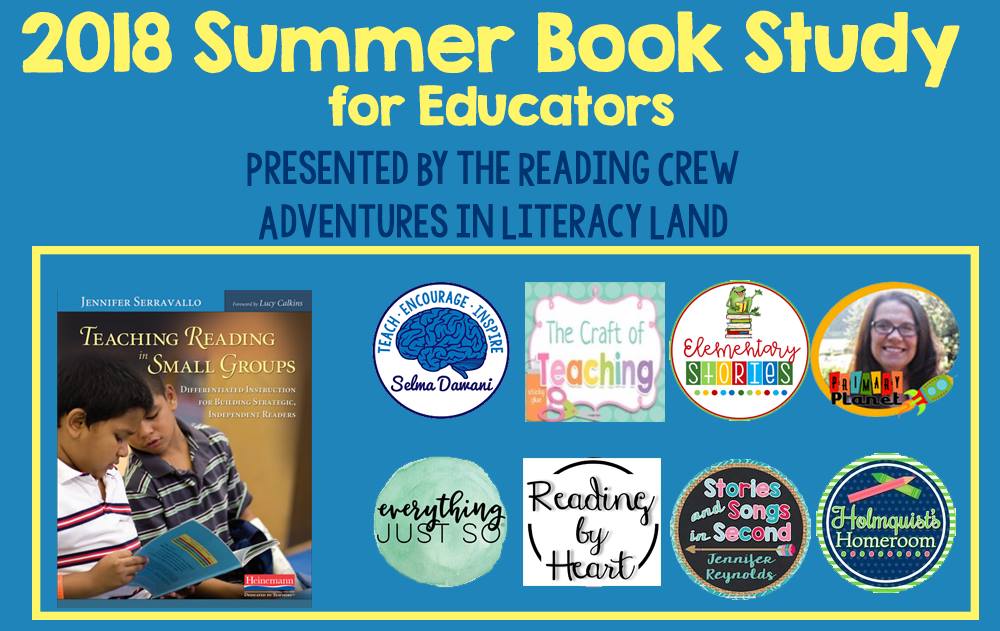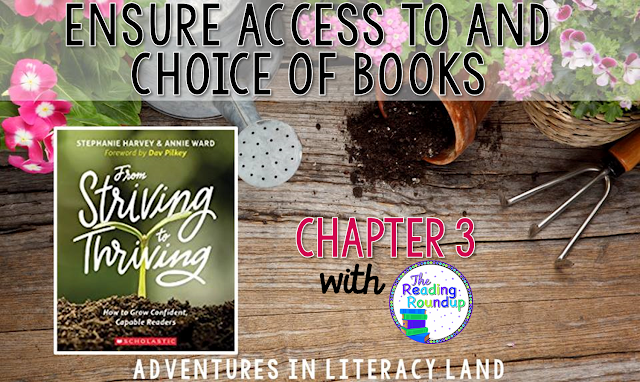The official title of Chapter 4 is Guided Practice Toward Independence: Strategy Lessons for Comprehension, Print Work, and Fluency.
To start this chapter Jennifer Serravallo talks about learning to be a clown for a high school production. She chooses to be a plate spinning clown, which is a perfect way of thinking about teaching children in strategy groups (or really teaching in general if you think about it!) You have to get one plate spinning on its own before you can move on to the next. Then, you have to go back periodically and give the plate a bit of a spin to keep it moving independently. You teach (spinning originally), Assess (go to check to see if it is still spinning) and then reinforce (give that plate another little spin to keep it going). Hence, Strategy Lessons. These are the With (or coaching) part of teaching students independence. You've got to keep them spinning if you want them to stay up!













